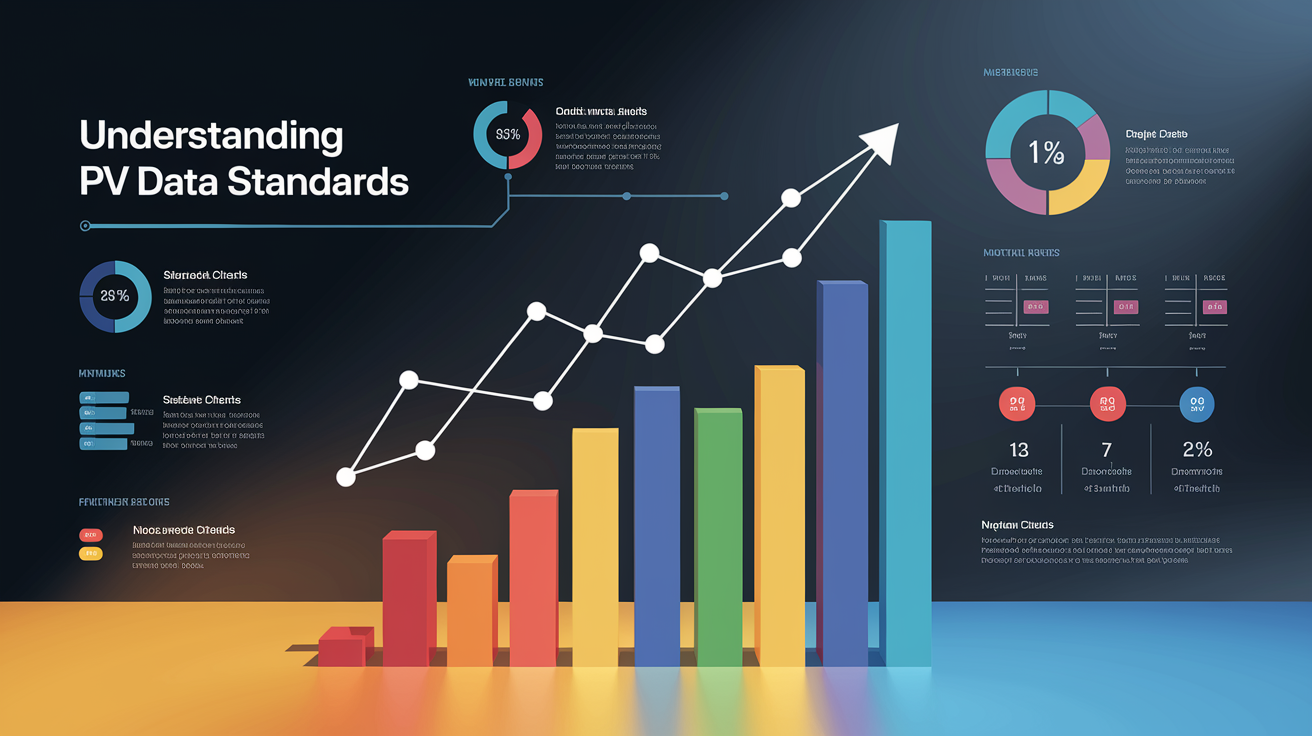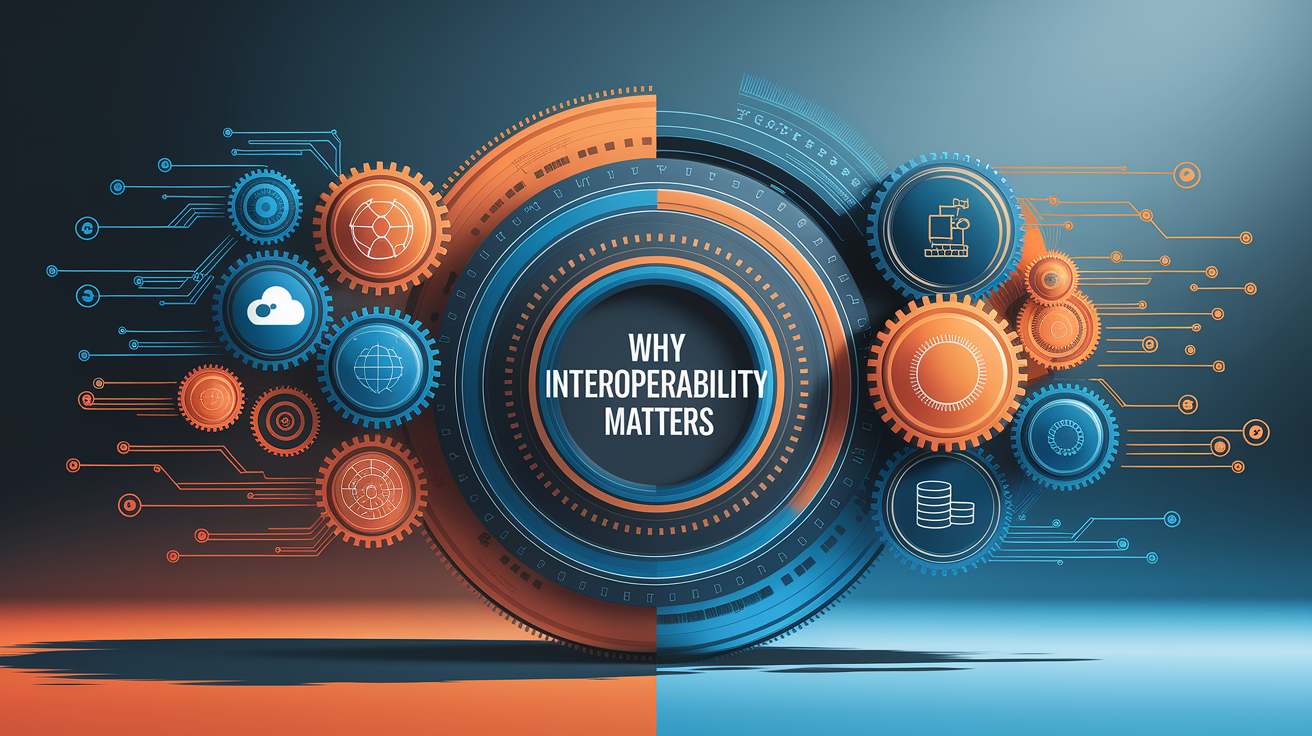Uniting Solar Insights: A Guide to PV Data Standards Interoperability
Bridging the Solar Data Divide
As photovoltaic (PV) deployments scale worldwide, seamless communication between diverse solar monitoring systems has become critical to maximizing performance, reducing costs, and enabling advanced analytics. Industry experts call this capability solar energy interoperability, and it hinges on the adoption of standardized protocols and data formats. Without this, PV system monitoring platforms often exist in silos, preventing operators, asset managers, and grid operators from gaining a unified view of solar asset health, production, and grid interaction.

According to the Solar Best Practices Guidelines, achieving interoperability connects Supervisory Control and Data Acquisition (SCADA) systems, service management platforms, and financial software into one coherent data ecosystem—ensuring better decision-making and streamlined operations.
Understanding PV Data Standards
PV data standards define how solar performance information is collected, formatted, and exchanged. Notable examples include Orange Button® Solar Data Standard, which reduces soft costs by harmonizing project data across stakeholders, and IEEE 1547-2018, which outlines interoperability for distributed energy resources such as solar inverters. Other communication protocols—like MODBUS, DNP3, and IEC 61850—define how devices convey operating parameters, while IEC 61724 prescribes PV performance monitoring measurements and methodologies.

Standards like IEEE 2030.5 are also integral to smart grid integration, facilitating consistent data exchange between PV systems, energy management systems, and utility platforms.
Why Interoperability Matters
Interoperability ensures diverse PV system components—from solar inverter communication modules to energy storage integration controllers—can speak the same technical “language.” This harmonization offers benefits including:

- Real-time PV performance monitoring across mixed-vendor installations
- More accurate solar energy data analytics and forecasting
- Reduced integration costs through standardized solar data exchange
- Improved renewable energy reporting compliance
- Future-proofed grid-tied solar systems against protocol obsolescence
The U.S. Department of Energy notes that aligned renewable energy standards also improve the safe and reliable integration of PV into the grid, minimizing technical barriers for distributed energy resources (DOE Codes and Standards overview).
Common Challenges
Despite advances, several obstacles persist in achieving robust PV data interoperability:

- Legacy Systems: Many photovoltaic monitoring systems operate on proprietary or outdated protocols.
- Fragmented Standards Adoption: Some regions or utilities adopt different grid integration protocols, hindering cross-jurisdictional compatibility.
- Data Silos: Lack of unified data models leads to inconsistent PV array performance tracking and limited asset optimization.
- Cybersecurity Concerns: Standardized interfaces must be secured against unauthorized data access.
Interfacing older SCADA systems with modern solar inverter protocols often requires custom middleware or gateways, adding complexity to PV system diagnostics and data visualization.
Strategies for Achieving Interoperability
Experts recommend several strategies to bridge gaps in PV system data exchange:
- Adopting internationally recognized communication protocols such as MODBUS, IEC 61850, and DNP3 for both local and remote solar panel data collection.
- Implementing unified data models that normalize renewable energy data formats across systems.
- Leveraging open APIs and frameworks for solar performance benchmarking and third-party analytics integration.
- Applying certification programs from organizations like the SunSpec Alliance, which validates interoperability through profiles such as the California Compliance Solar Inverter Profile (CSIP).
These measures not only support vendor-agnostic architectures but also enable greater participation in flexibility markets and distributed energy resource aggregation.
Tools and Frameworks
The interoperability landscape is supported by frameworks like the ENTSO-E Data Exchange Reference Architecture (DERA) 3.0, which provides a structured approach to energy system integration. Maturity models from entities such as the OECD assess capabilities across dimensions of interoperability for smart grid integration and control applications.
In the United States, the NIST Smart Grid Interoperability Framework guides the adoption of renewable energy data standards, protecting investments from premature obsolescence while enabling scalable solar farm data management.
Case Study Spotlight
California’s early adoption of IEEE 2030.5 within its statewide Compliance Solar Inverter Profile demonstrates the impact of policy-driven interoperability. By mandating standardized solar inverter communication, the state has facilitated rapid integration of grid-tied solar systems with utility energy management systems. Testing frameworks developed by the California Energy Commission ensure inverters meet communication protocol standards, improving solar energy databases and renewable energy reporting accuracy (CEC Report).
Shining a Unified Solar Data Future
As PV penetration increases and energy markets evolve, the imperative for unified solar data interoperability will only grow. Whether through harmonized PV monitoring data formats, robust photovoltaic telemetry protocols, or integrated solar asset management platforms, the future of renewable energy standards will hinge on industry-wide cooperation and compliance.
Efforts from standardization bodies, national laboratories, and initiatives like Orange Button® are laying the foundation for a transparent, efficient, and adaptable solar energy ecosystem. For battery enthusiasts, asset owners, and grid operators alike, achieving end-to-end photovoltaic data standards compliance means unlocking unprecedented insight into solar performance—ensuring the sun’s energy is harnessed with maximum intelligence and minimal friction.







